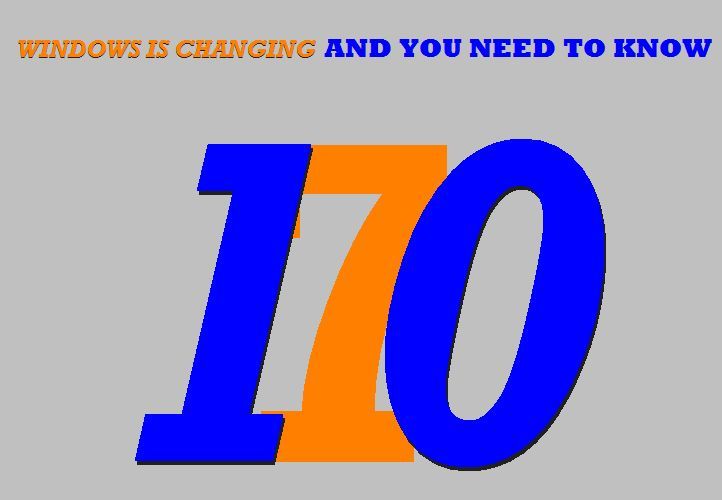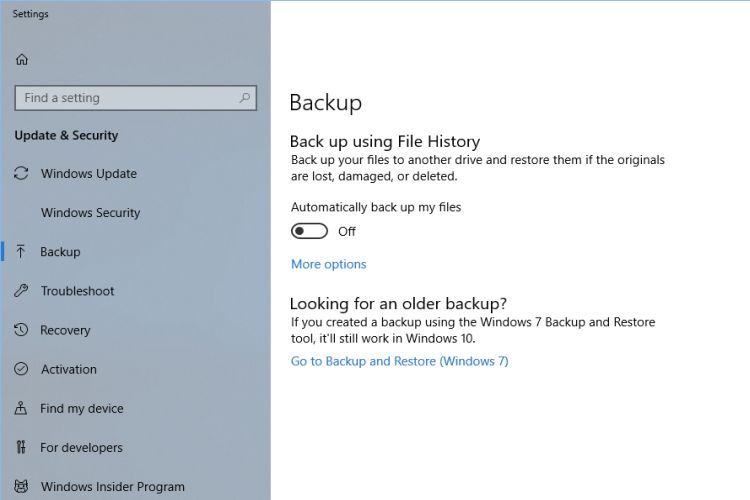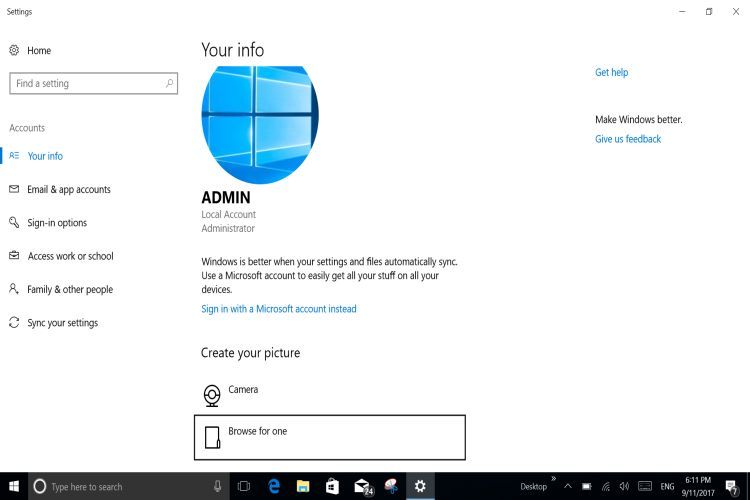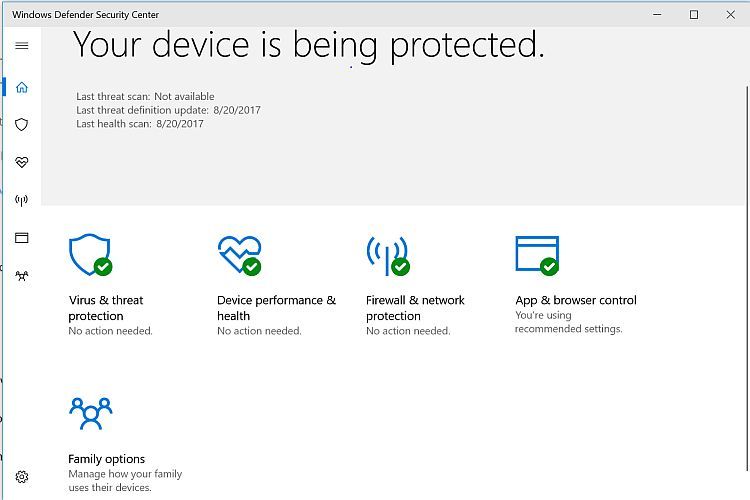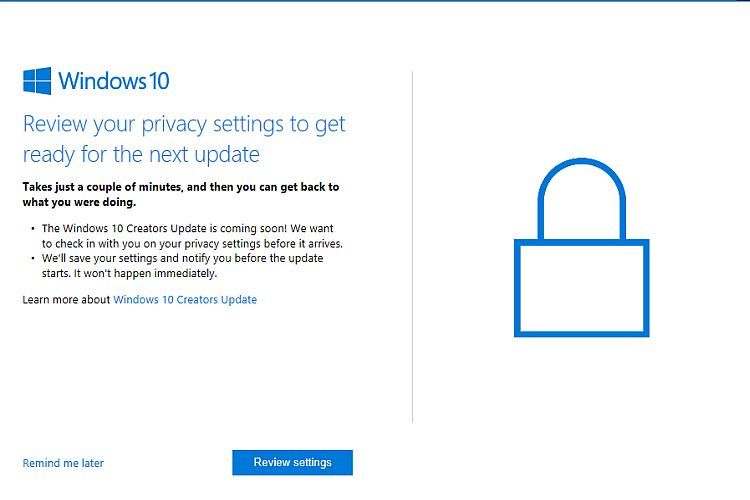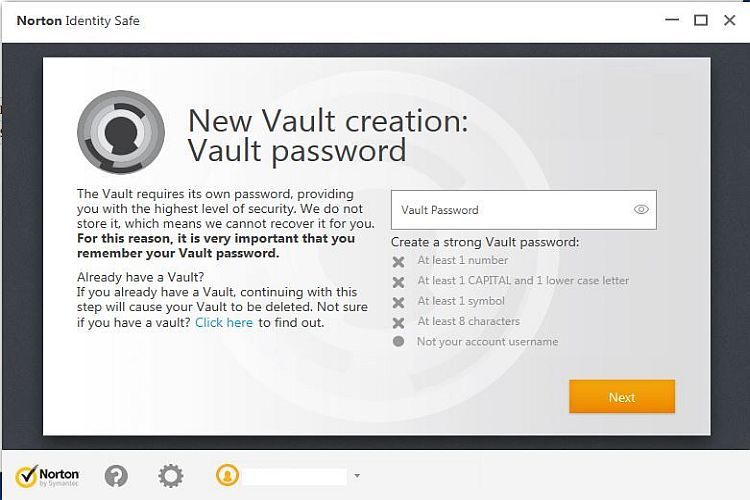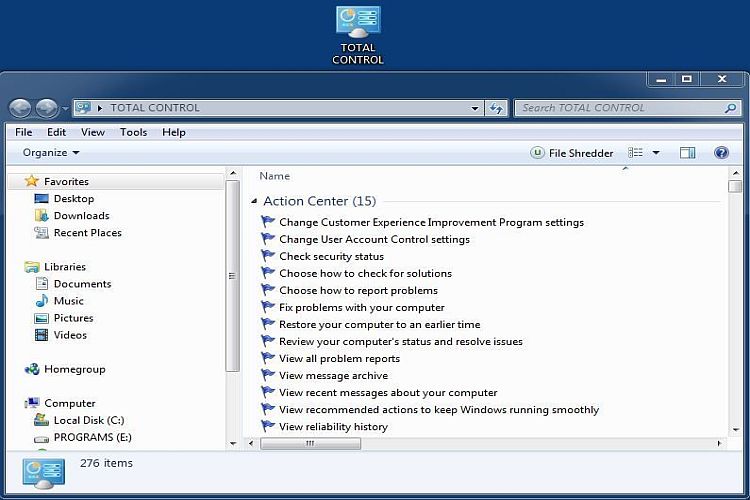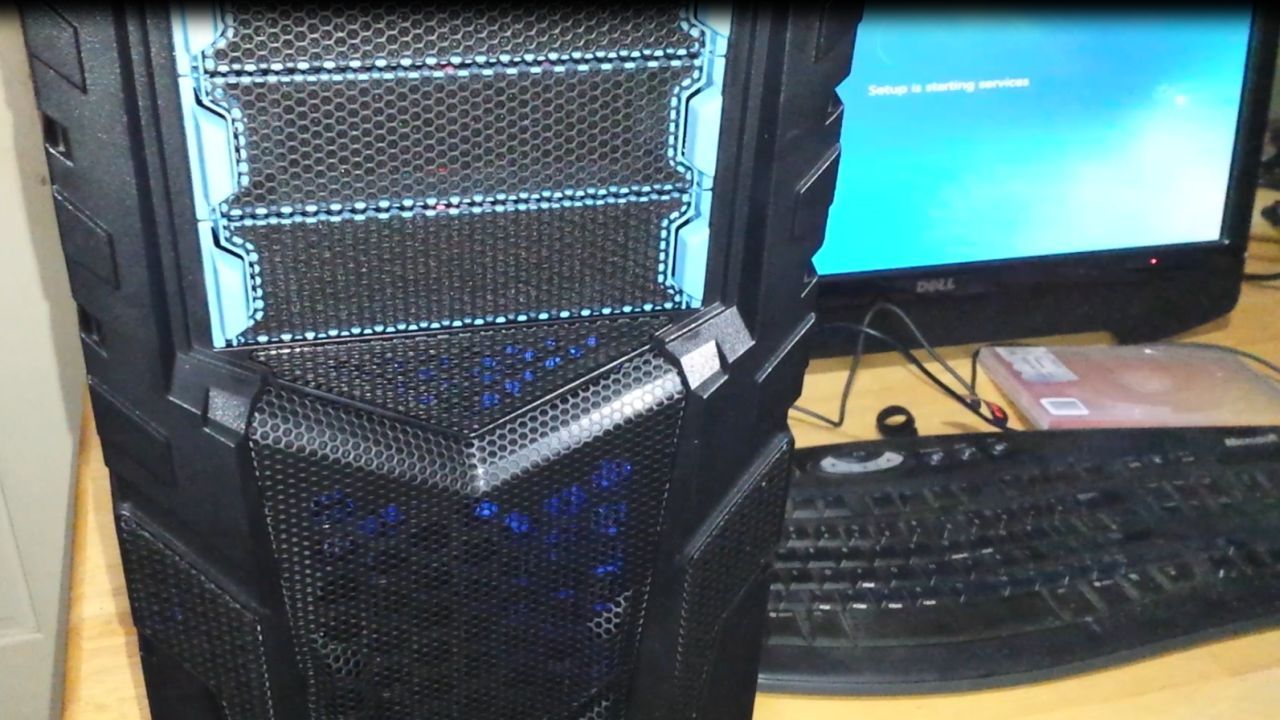Microsoft to Change Their Business Model
With the release of the newest Microsoft OS next year there will also be a formal change to the way Microsoft generates revenue with its software. According to Microsoft's current COO Kevin Turner the company is looking to change its business model to conform with changes occurring in many businesses including technology and software. What Microsoft has done for decades, as most every other software manufacturer also had done, is to charge the customer up front for the full cost of their software products. Whereas many of Microsoft's products now have competition from other Tech Giants offering free alternatives as well as subscription alternatives, Kevin Turner states that Microsoft "needs to monetize it differently". This can refer to the upcoming Windows 10 OS and other Microsoft offerings. So what exactly does this mean for the consumer?
There are Alternatives to Microsoft Products
Given that there are viable Operating System alternatives which are free to consumers, Microsoft realizes that it must offer a good product and keep the cost to the consumer in check. Apple and Google offer free Operating Systems and Mozilla is working on their own Firefox OS as well. This is also true when it comes to Apple's iWork, Google Docs and Open Office, which are free alternatives to Microsoft Office. There are alternatives and Microsoft knows that. During the Credit Suisse Technology Conference on December 4, 2014 Mr. Turner shed some light on where Microsoft was headed, but would not be entirely specific making only certain relatively vague yet informative statements. Speaking to the old business model, Turner stated "And the beautiful thing about the old-world business model was that, hey, as a customer bought our software, we got paid 100 percent of it upfront and we got paid regardless of whether they used it or not. And the ability to transition from that business model, candidly, is where we are today." This is indicative of the fact that Microsoft does intend to change their business model and it will be interesting to find out exactly how it will change early next year.
Microsoft's Current Business Model
As it stands now, Windows 8.1 will cost from $69.99 for a Student Windows 8.1 Pro license, $119.99 for a Windows 8.1 standard edition up to $199.99 for a Windows 8.1 Pro License. That is what it costs -- fully paid for upfront -- to buy Windows (not pre-installed) for your computer. There are some caveats to this pricing in that depending on your exact situation it may require that a certain level of Windows is already installed on the target machine. Upgrade pricing, but if Windows XP or Vista is the current OS, you might need the full install ($119.99 - $199.99). The Windows OS has never been cheap, and it's not likely it will be given away for free but maybe it is possible to make it more affordable for the average PC user. As to Office software, again not ever a cheap alternative, the current pricing is structured with diversity, perhaps leading one to think that Windows itself may head in that direction. Microsoft Office 365 comes with a few Subscription Based options including a free (yes, FREE) option with less functionality designed to allow for online collaboration. The Office 365 Personal edition costs $6.99/month or $69.99/year for 1 PC/Mac/Tablet and the Home or Households version for 5 machines is $9.99/month or $99.99/year. Then there is the option to buy Office 2013 outright. It's not cheap. Not by any means when it comes to the average PC user who has other viable options. If you wanted to buy Office 2013 right now it will cost $139.99 for a Student license, $219.99 for a Home and Business License, or $399.99 for an Office 2013 Professional License. Each of the aforementioned Office 2103 licences are for 1 PC ONLY. Anywhere from $6.99 to $399.99 depending on your needs for Microsoft Office, unless you only need it for viewing/online collaboration.
Price Structure for Windows 10
This, given the fact that no clear pricing has yet been announced by Microsoft, is pure speculation: Windows 10 could also be offered as a subscription based purchase and/or a full purchase at diverse levels. It makes sense. This could afford more people options they did not have before and if Microsoft manages to provide a quality product, with less bloatware and providing options that deliver only what is needed at lower cost, Windows 10 might just live up to its internal nomenclature "Threshold". This new business model for Microsoft could well determine how successful that company will be moving forward. If Microsoft has realized that it is in fact on the Threshold of failure vs. success it must realize that that the level of functionality, frequency of need, and budget concerns must be addressed and offered when considering all of the possible purchase options. Therein may well lie the answer to Microsoft's "Threshold Question".
All information in this article is current and correct as of 12/15/14.
Pertinent Links
Transcript of Mr. Turner's Credit Suisse Tech Conference Interview

